Targeted at adolescents in five languages, online series features iconic diarist using a video-camera to narrate a life spent hiding from the Nazis
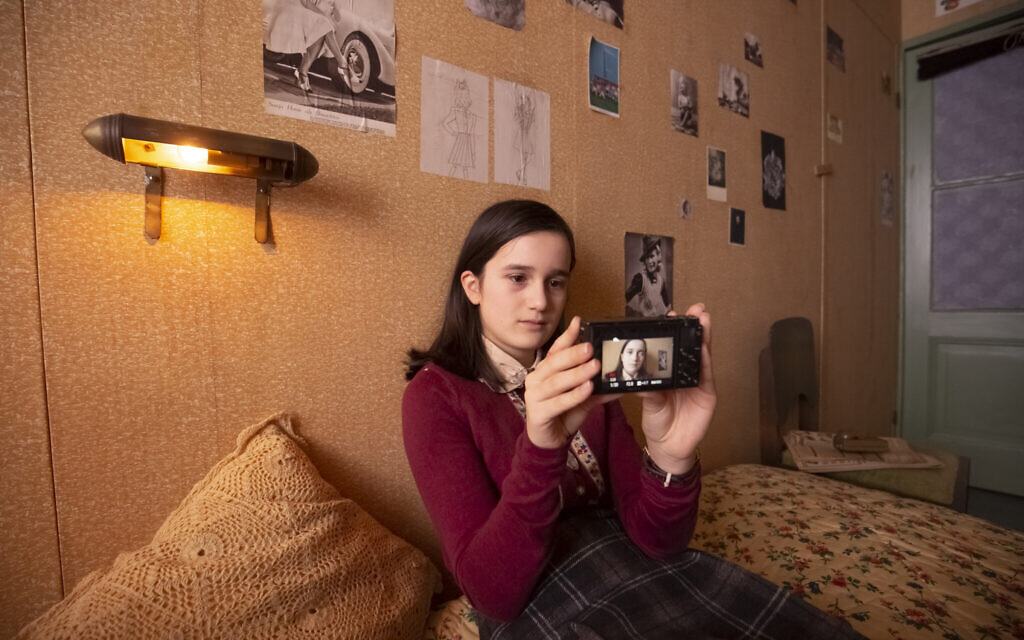
As large swaths of the world shelter-in-place during the COVID-19 pandemic, stewards of The Anne Frank House in Amsterdam are asking YouTube viewers to imagine if the diarist had been given a video-camera alongside her red-checkered diary.
Premiering on YouTube this week, “Anne Frank Video Diary” includes 15 episodes to be aired through early May. Filmed in selfie-style with quick cuts, each episode is between five and 10 minutes in length.
Although the project began more than one year ago, “Anne Frank Video Diary’s” release on March 30 is connected to current global concerns, said Ronald Leopold, executive director of The Anne Frank House.
“The way we read Anne’s diary and learn about her history is always being influenced by our own lives,” said Leopold in a recent interview with The Times of Israel.
“There is something more than the specific history,” said Leopold of the diary. “It shows us who we are, what makes us human. In times like this, these are questions people are dealing with. This [pandemic] will also affect the way people read the diary,” said the museum head.
According to the museum’s website, the YouTube-based selfie-format was deployed to engage adolescents on social media. Filmed in Dutch, the series is closed-captioned in five other languages.
“We need to reach out to 4th and 5th generations,” said Leopold, whose museum partnered with Every Media to create the series. The project includes a seven-part curriculum tied to the series for educators.
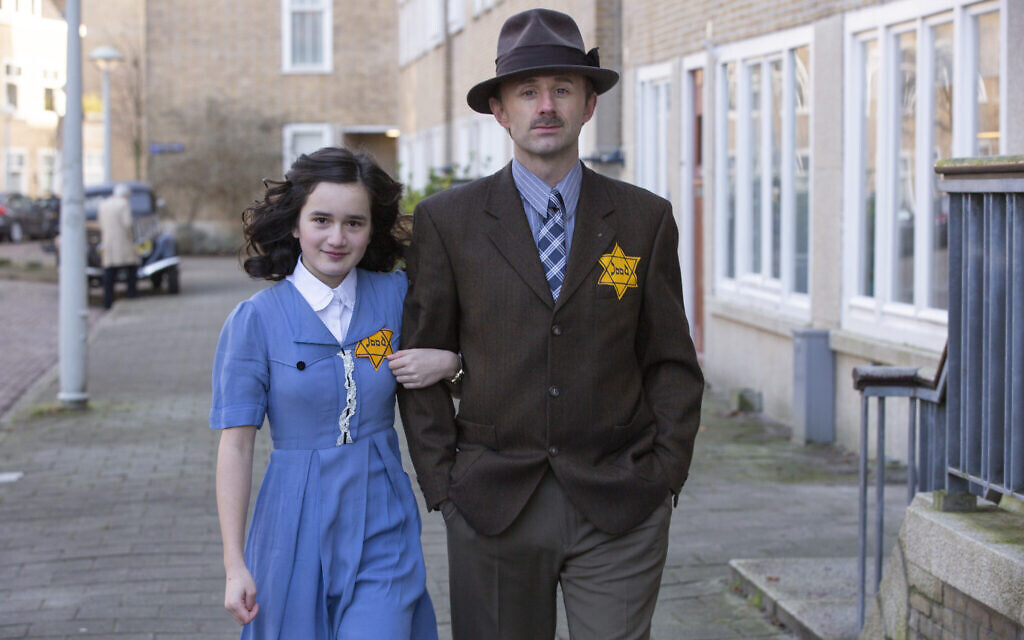
Most scenes in “Video Diary” were filmed on a reconstructed set of the annex hiding place, with some flashback scenes shot on-site in the River Quarter neighborhood where the Frank and van Pels families lived before going into hiding.
‘You can be a bit too vibrant’
The “Anne Frank Video Diary” series zooms in on the last five months of hiding for the eight “Secret Annex” Jews.
By early March of 1944, spring had come to Amsterdam with “gorgeous, indescribably beautiful” weather for when Anne sat with Peter van Pels in the attic.
In the second episode of “Video Diary,” 14-year old Anne is deeply frustrated by the prospect of Peter not finding her likable or interesting.
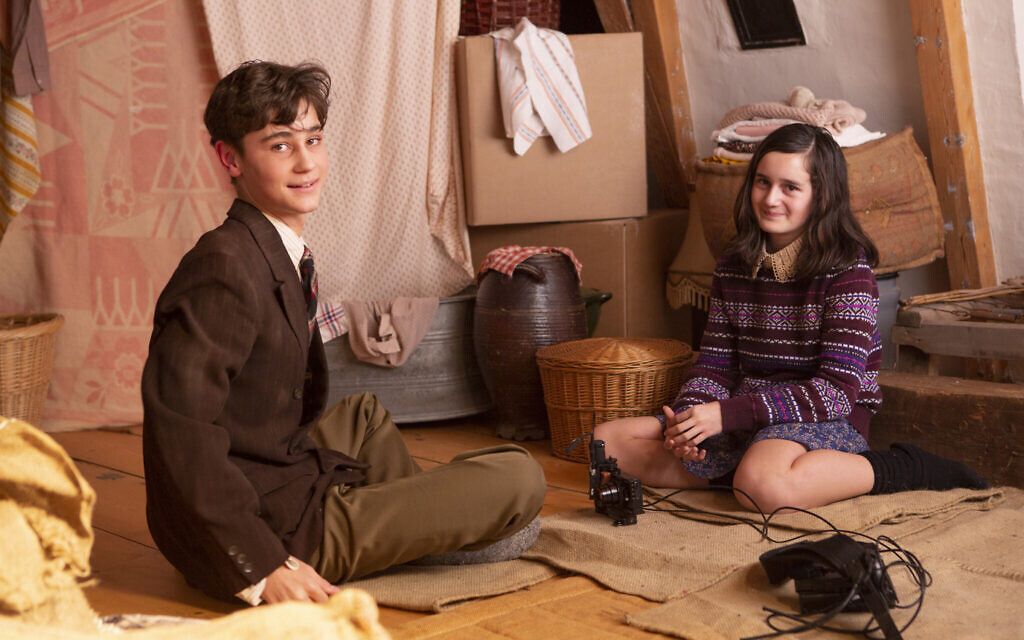
“You can be a bit too vibrant,” Peter says to the feisty teenager.
“He’s a stupid boy. Totally useless,” Anne moans to the camera in private.
The episode closes with Anne asking the camera who she will be able talk to if Peter does not like her. Alongside the diarist’s polished descriptions of life in hiding, the emotions depicted in “Video Diary” feel raw and in-your-face, with no possibility for revisions.
Cast in the role of Anne is 13-year old Luna Cruz Perez, whom Leopold said “uses her camera to invite the viewers to connect with Anne, the girl, in a direct way.”
“This is a personal one-on-one approach, just like in Anne’s paper diary,” according to the museum.
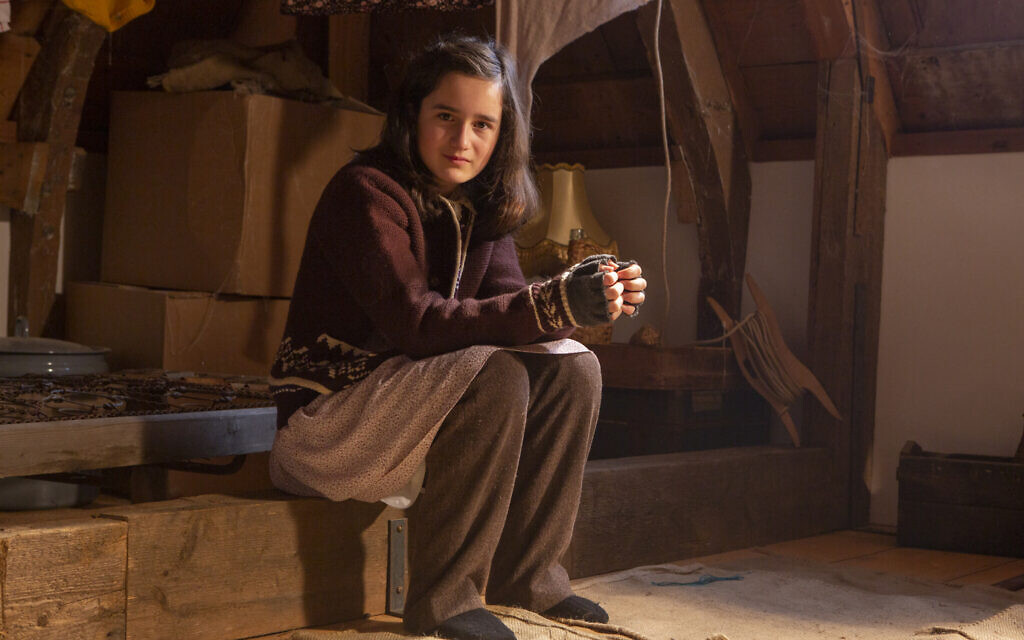
In keeping with the goal of reaching as many adolescents as possible, Anne was cast closer to her age than is typical, said Leopold. (In the 1959 film “The Diary of Anne Frank,” actress Millie Perkins was 19.)
The series will take viewers through the first week of August 1944, when the hiding place was raided by the Nazis. Half a year later, Anne and her sister Margot died of exhaustion and typhus at Bergen-Belsen in Germany. The diarist never reached age 16.
‘We needed more time’
Because of copyright laws, “Anne Frank Video Diary” cannot be viewed on YouTube in the United States. The 60 countries with access to the series include Israel, India, China, and many countries in Europe and the Americas.
“The series is available only in countries where the diary is in the public domain,” said Leopold. “The decision was made by The Anne Frank House to respect copyright laws,” said the museum head, adding that Anne’s original writings — including the diary — will not enter into the US public domain for many years.
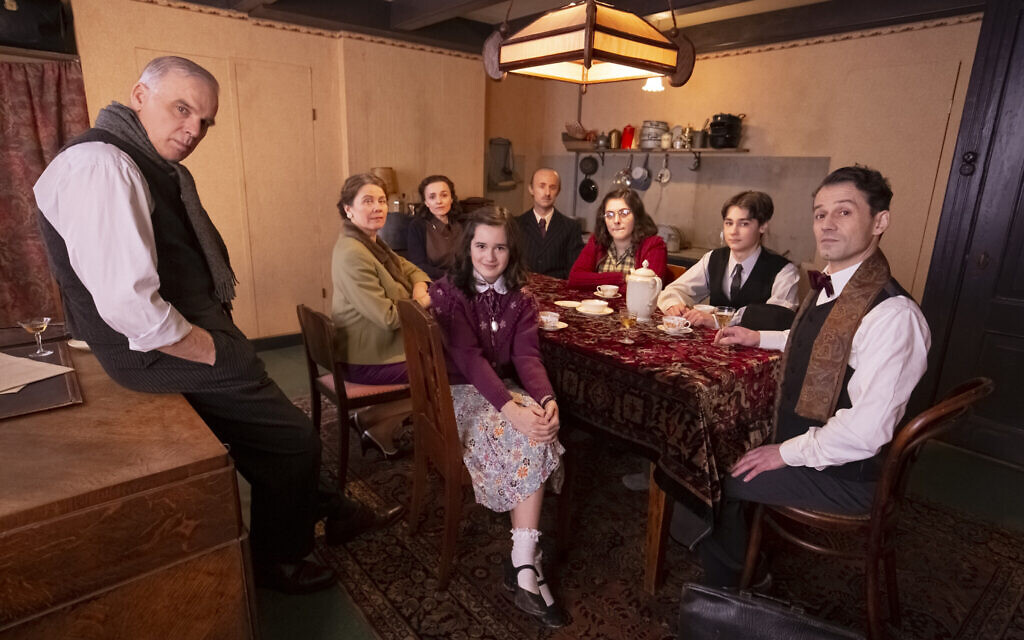
Although the new series does not use original text from the diary, said Leopold, there is still the potential for differing interpretations regarding — for example — fair use and quotation laws, he said.
“Anne Frank Video Diary” comes on the heels of the museum having to close until at least June due to the COVID-19 pandemic. The evolving situation was responsible for delaying the launch of the series by two weeks, said Leopold.
“Things went very, very rapidly,” said Leopold. “Our production team couldn’t get into the studio anymore. We needed more time.”
According to Leopold, the series is “timely” and “a wonderful opportunity” for educators tasked with teaching remotely, especially those who will be covering World War II in the weeks ahead — whether online or in their schoolrooms.
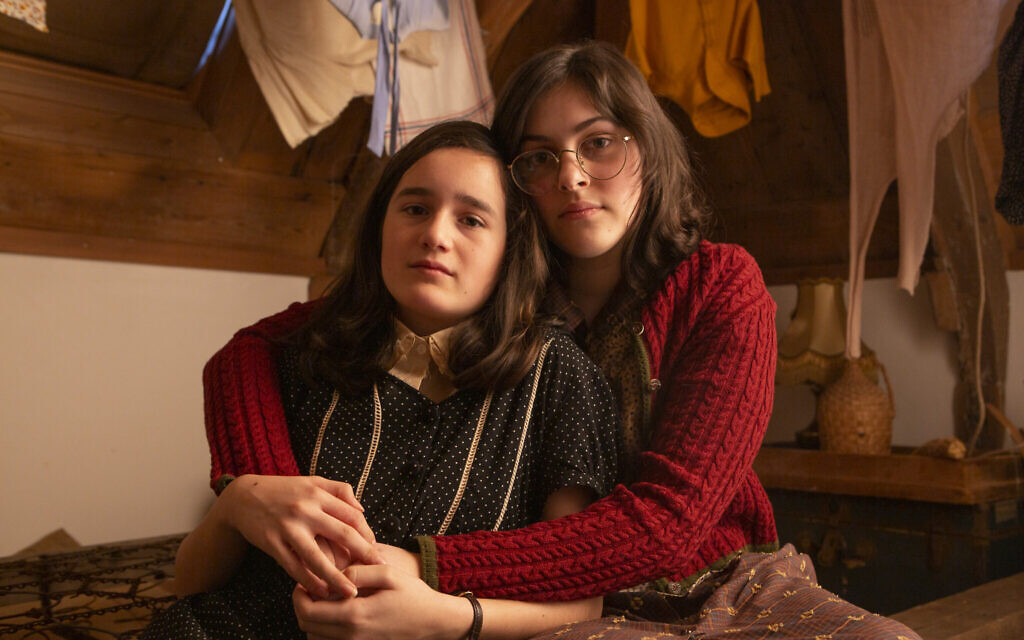
As reported by The Times of Israel
